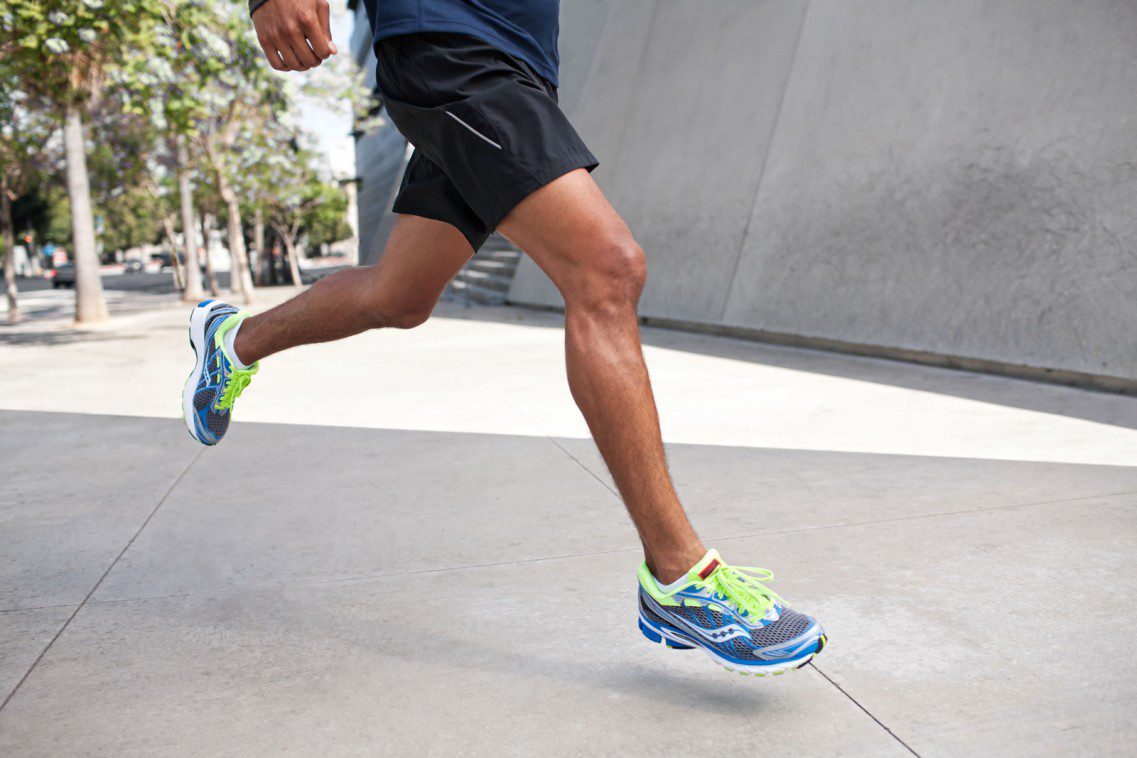Tempo runs: how fast and how long?
Here's some simple guidance on just how fast, and how long, your tempo runs should be


For any runner who is trying to get faster, the tempo run (along with easy runs, a weekly long run, some speedwork, and rest) is a key part of their training. It refers to any run, or continuous portion of a run, that is faster than your easy, conversational pace. Tempo runs should be done during the peak (highest-mileage) part of your training block.
RELATED: Having fun with tempo runs
Much has been written about the tempo run, but many people remain confused about how long and how fast their weekly tempo run should be.
We spoke to 2012 Canadian marathon champion Rejean Chiasson, who now coaches runners at all distances, for advice on how to figure out the tempo run.
https://www.instagram.com/p/BjYmCvAFNTs/?taken-by=coachrejean
For simplicity, Chiasson recommends adopting your “one-hour race pace,” or the fastest pace you can maintain for an hour, as your tempo pace. Also referred to as lactate threshold, it’s the pace at which the body can clear the lactic acid that builds up over distance. For experienced racers, this will be slightly faster than your half-marathon pace.
That doesn’t mean your tempo runs should be an hour–it’s just a way to calculate how fast you should go.
“You might think that you can’t keep the pace, since you’re tired from training, and you’re not tapered as you would be for a race,” says Chiasson. “But it’s still a good goal.”
If you try to go faster, you could jeopardize your next workout, or risk injury. Less fast, and you won’t get the benefit of the tempo run.
He says there are a number of online pace calculators (such as the Jack Daniels VDOT Running Calculator) that can quite accurately calculate your pace at various race distances as well as your tempo pace.
https://www.instagram.com/p/BhNeIcBlyNf/?taken-by=coachrejean
Your tempo pace should be the same for any distance, says Chiasson, but how long to hold the pace depends on what distance you’re training for. A relatively new runner training for a 10K should aim to hold their tempo pace for 20 minutes, after warming up at a comfortable pace for ten minutes, and following up with a 10 to 15-minute cooldown.
If you can’t hold the pace for 20 minutes at first, Chiasson suggests, you can start by doing six or seven intervals of three minutes at tempo pace, then progressing to five intervals of four minutes, and four intervals of five minutes, with 60 to 90 seconds of easy jogging between intervals, until you can hold the pace for 20 minutes.
More experienced runners could aim for tempo runs of 35 to 40 minutes, not counting their warmup and cooldown.
Following this simple bit of advice will have you rocking your tempo runs–and jazzed by your race results.


